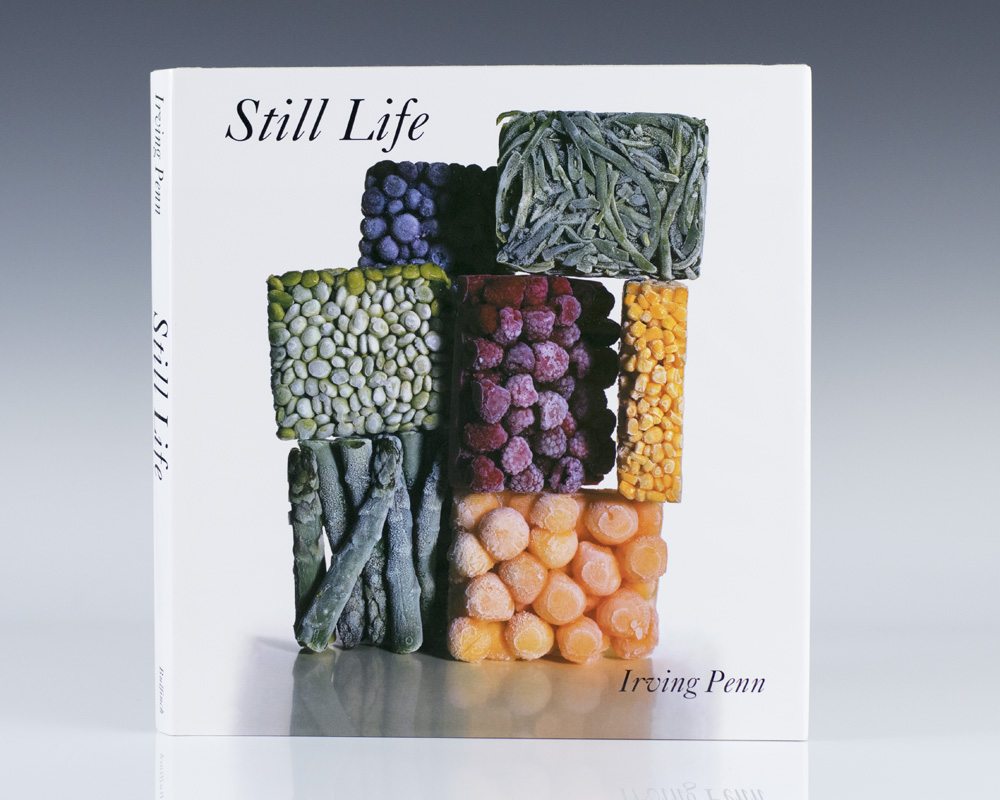Irving Penn is one of the most iconic photographers of the 20th century, known for his timeless and elegant photographs that capture the beauty and simplicity of everyday objects.
Born in 1917 in Plainfield, New Jersey. He studied at the Philadelphia Museum School of Industrial Art and later attended the New School for Social Research in New York City.
He started his career as a freelance photographer, working for various publications such as Vogue, Harper's Bazaar, and Vanity Fair. In 1947, he joined the staff of Vogue as a staff photographer, where he remained for nearly four decades. During his tenure at Vogue, Penn photographed some of the most iconic figures of the 20th century, including Pablo Picasso, Marlene Dietrich, and Salvador Dali.
His work is characterized by his minimalist approach to photography, using simple backgrounds and natural lighting to create stunning images.
He also experimented with different printing techniques, such as platinum printing, to achieve his signature style. Irving Penn published 3 major books, a testament to his unique vision and approach to the art form.
Parallel Editions is offering you the opportunity to get all of them at once, visit the shop after reading more below.

Passage
Penn's book, Passage, is a collection of photographs that he took during his travels around the world. The book features images of different cultures and landscapes, from the streets of New York City to the deserts of Africa.
"Passage" is the monumental 1991 survey of Irving Penn's extraordinary career as a portrait, still life, and fashion photographer. Produced by Nicholas Callaway with photographic supervision by Richard Benson, it beautifully collects and reproduces more than fifty years of his visionary work - primarily in conjunction with Vogue magazine.

Flowers
Penn started to photograph flowers in 1967 after being commissioned by Vogue USA to illustrate their Christmas edition with images of tulips. The photographs are collectively published as a book, ‘Flowers’, published in 1980. Penn later revisited the idea of flowers in the 1990’s and early 2000’s, using flowers as a metaphor for his older age and the beauty which can be found in the expiring bloom.
David Campany, who wrote the essay for this publication, writes of these pictures:
“Each flower was entirely individual, and when two or more appeared in the same photograph they only served to heighten one another’s particulars. Penn was not looking for examples that were representative of their species, nor compiling a botanical guidebook or taxonomy. Each photograph is a unique encounter with a unique thing in all its unsettling wonder.”

Still Life
Penn's book, Still Life, is a collection of photographs that he took of different objects.This book gathers Penn's work in the still life genre, so central to his art, from 1938 until 2001. It opens with an introduction by John Szarkowski, who places Penn within the larger context of artists working in still life.
“Ninety-eight of Penn's greatest images (45 color, 50 tritone, 3 duotone) are assembled in Still Life, a publication personally supervised by the artist. Still making funny, strange and lovely editorial photographs for Vogue and other magazines (an ant crawls on a melted Brie; a mannequin gazes out from under a bell jar), Penn also continues to experiment in his personal work: components of traditional still-life paintings like skulls, fish, paintbrushes and dice, for instance, arranged artfully and bizarrely, shot in black and white” Publisher's Weekly

